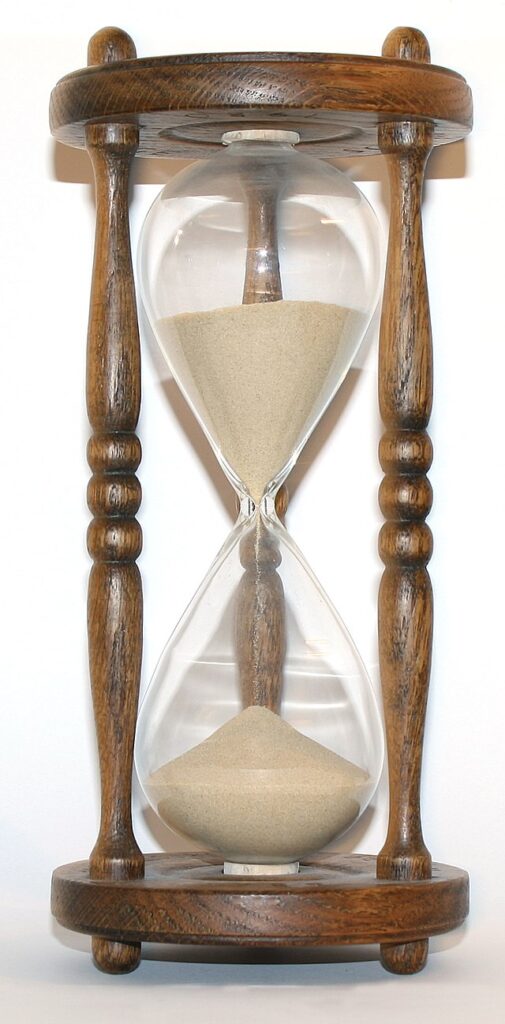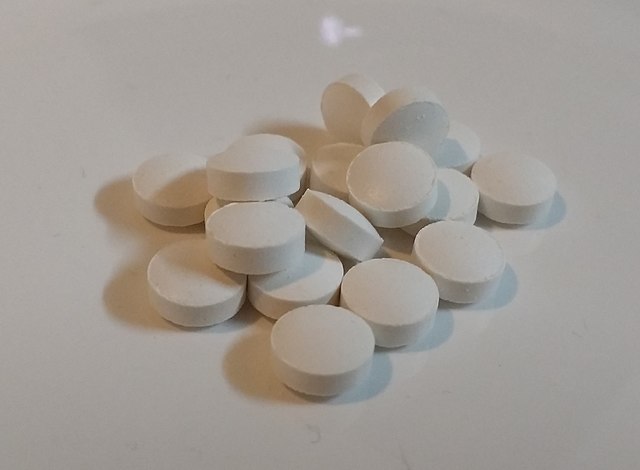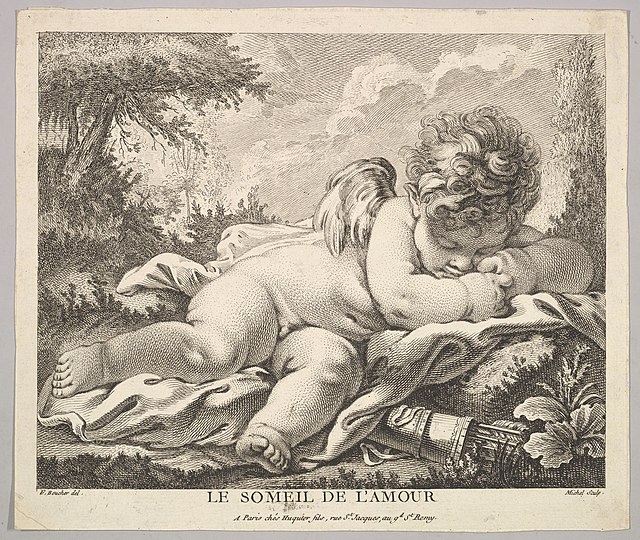When I first ruptured my left distal bicep tendon I scoured the internet for details of what recovery involved. I found a dearth of information about what recovery for a recreational Judo player looked like after a year. This article aims to address that.
Time heals all wounds
Time heals all wounds provided you undertake the appropriate medical procedures. No amount of meditation, chinese medicine or positive thinking will re-attach a severed distal bicep tendon. Once it’s separated only surgery will bring it back together. Following surgery, physiotherapy, rest and equally importantly: time, will aid in recovery.

Recovery is not something to rush as much as I wanted to fast-track everything. Technology has yet to catch up to the point where parts are completely replaceable. Slow and steady = good.
Things I did during recovery
In the beginning I went crazy on the supplements, particularly collagen for a good period of time in the beginning. Collagen has been touted as a beneficial protein for a wide range of uses within the body, and particularly in connective tissue. I’ll be honest, I’ve no idea whether taking additional collagen worked or not as I didn’t have access to another significant group of similarly affected people to compare results.

Related to this, I found vitamins and supplements generally were a bit of a contentious area with proponents for and against. The conclusion I drew was that only blood work (ie. taking a full diagnostic blood test) can tell you whether you’re defficient in a particular vitamin/mineral/whatever. And only then can you ascertain whether taking additional supplements will be effective. After 2 months of supplement use, I gave up on them.
In the beginning I was fixated on doing the exercises prescribed to me by a physiotherapist. This helped. Additionally it helped to go regularly to the gym and work on all of my other body parts. I had killer legs for a long while! My right arm was making good gains!
To keep my head in the game I’d go to the local BJJ club and watch. They were really good about it and made me feel welcome. I took copious notes. I visualised and watched a lot of instructionals. Watching the instructionals didn’t necessarily improve my game but they had a positive effect on my mood generally as I didn’t feel as if I was stagnating.
What happened after the official recovery time ended?
The original surgeon’s guidance was that I could start getting back to training after 5 months or so, and I wrote about that first session back in training previously. I went a little crazy and competed incessantly too which was probably a little questionable, but my tendon repair held up!
I would have liked to build up my left arm in a more long-term, methodical manner. More gym sessions, more focussed strengthening exercises would have been great. In the the end BJJ and Judo training took priority given that takes 4 nights out in my average week.
What are the results one year on?
Up until the 11th month I would feel pinges and tings deep in my forearm at the site of surgery. This would be particularly prevalent after a hard session (or the morning after). These still happen but are rarer.
Oddly, I note that my left bicep is visibly bigger than my right but somewhat weaker. Before this tendon tear my left was always a little bigger by default and it appears to have returned to that larger state but as I say, I handle more weight with my right now.
As can be expected, I’m more sensitive about my left arm – I will tap early if someone is 3/4 through to a successful arm lock.
An important lesson I’ve taken is just how important sleep counts for all of this. Sleep’s recovery and healing abilities are unquestionable and I could feel significant progress after a good night’s rest (compared to disrupted nights). I highly recommend reading the seminal book by Matt Walker on the subject.

I now have other injuries to contend with – a left knee that is still partially limited due to a team mate’s dubious tani otoshi. The injury rate is high in this sport!
Conclusion
We break down, we adapt and we evolve. Some of my techniques and gameplans have changed, but that’s in the nature of any sport. As an example, I used to rely on a lot of yanking with my left arm to get my opponent moving – I no longer rely on this.
I’ve also reflected on the benefits of having a good physiotherapist on call. I’m very friendly now with a chap who occasionally trains at my local BJJ club. A good physio will show you all the detours to recovery that no amount of internet research could ever do.
A further benefit of all of this is that I quit alcohol. A doctor suggested that drinking no alcohol would speed up the recovery process. One afternoon I went down the rabbit hole of internet research and read up on what alcohol does to you. I even looked up what just small, occasional amounts do for you. Spoiler alert: if you can avoid it, avoid it. If you enjoy it, then you do you though.
Above all, look after yourself!